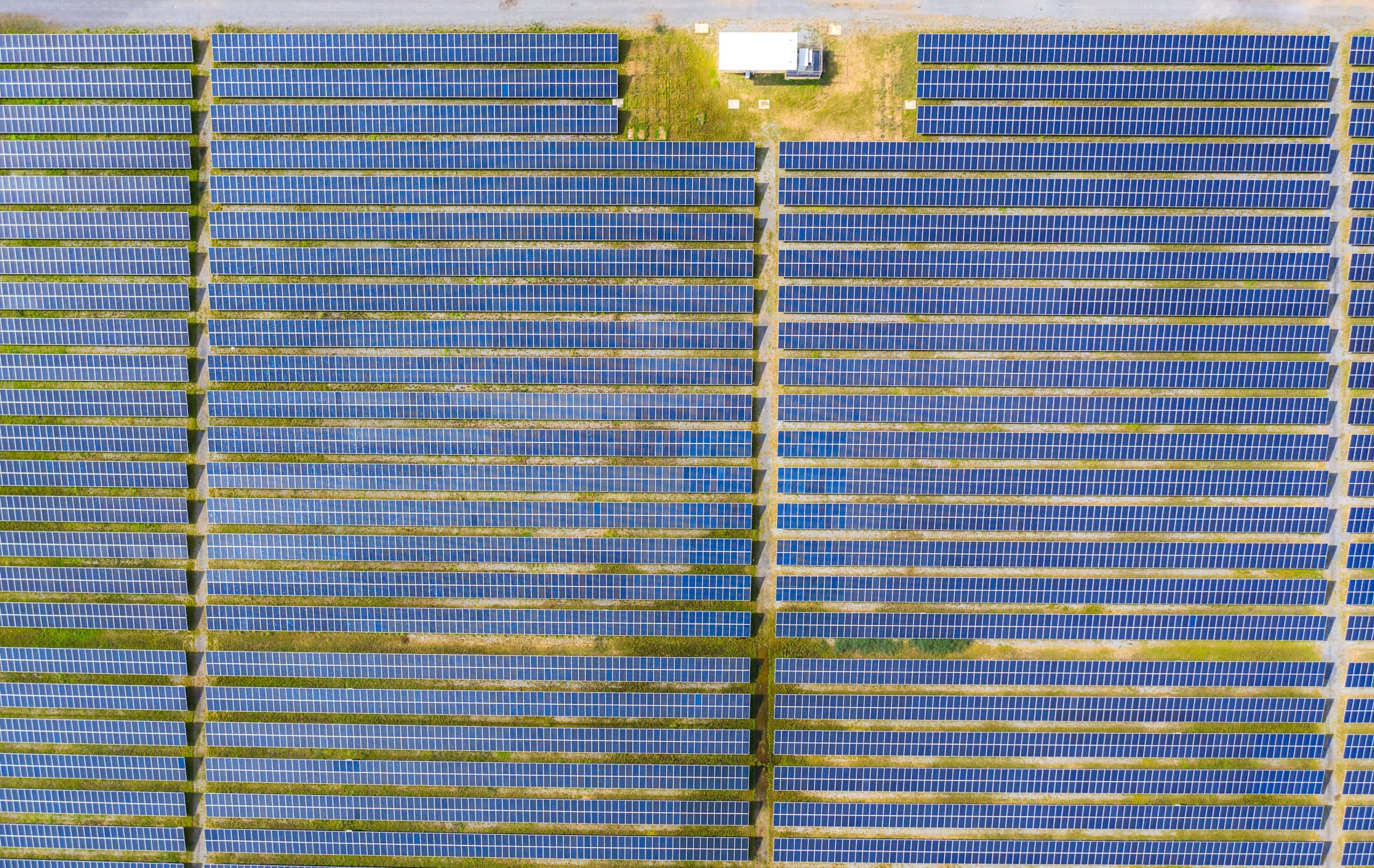Electrolysers are getting a lot of attention in 2020, driven by falling costs and a strong shift in policy momentum behind green hydrogen.
“A robust electrolyser investment case means building a viable revenue stack…
… a similar challenge to that faced by battery investors, but with greater revenue stability.”
An electrolyser uses power to convert water into hydrogen (& oxygen) via an electrochemical process. Importantly, electrolysers are becoming increasingly flexible, enabling them to optimise dispatch during periods of high wind & solar output and low power prices.
Policy makers are latching onto a compelling two part vision:
- Electrolysers can support the production of hydrogen to enable deep decarbonisation in the power, industrial and heat sectors.
- They can also provide flexibility to help balance power markets, alleviate renewable curtailment and manage network constraints.
As policy momentum ramps up, industrial and energy companies are focusing on electrolyser investment. This is evidenced via the strong growth we have seen this year in clients engaging Timera to analyse electrolyser asset value and investment cases.
In today’s article we look at the core drivers of an electrolyser investment case. We will then follow with a subsequent article on electrolyser valuation.
If you’re not interested in electrolysers directly, you may be interested in the impact they are set to have on power & gas markets.
Policy support on the way
Investment in an electrolyser currently requires some form of policy support to earn an adequate return. This may change in the 2030s as capex costs decline, but it is a reality this decade. Policy makers are signalling help is on the way with the roll out of aggressive volume targets.
In Jul 2020, the EU announced headline targets for electrolyser capacity of 6W by 2024 and 40GW by 2030. These are being underpinned by individual country level targets for 2030 e.g. 5GW in Germany, 6.5 GW in France, 3-4 GW in the Netherlands and 4GW in Spain.
The challenge investors currently face is a material gap between these targets and the practical policy support mechanisms that will deliver them. But in several countries, there are policy development plans in process that should lead to implementation of support measures over the next 1 to 2 years.
The potential structure of support mechanisms is starting to take shape, for example incorporating:
- Fixed or input cost indexed payments to green hydrogen producers that support & stabilise revenue
- Carbon CfDs for industrial buyers of green hydrogen (supporting offtake contracts with electrolysers)
- Favourable charging rules e.g. German plan to exempt electrolysers from grid charges & the renewables levy
- Adaption of other renewable support mechanisms & tender processes to cover electrolysers.
Investors are not waiting for all this to fall into place. A clear policy intent is supporting a range of energy & industrial companies to explore the electrolyser investment case now.
Electrolyser revenues and cost components
Any asset valuation is underpinned by a projection of revenues and costs. The primary driver of electrolyser revenue is the sale of hydrogen, which is likely in many cases to be embedded in industrial offtake contracts e.g. to serve chemical, power or heat related demand.
Offtake contracts cover the requirement to deliver both commodity (i.e. hydrogen) and flexibility (i.e. the ability to profile supply). Security of supply will typically also be very important with sharp penalties for interruption.
Electrolysers can also important revenue from providing flexibility services to power markets, including balancing, ancillary & network services. A robust electrolyser investment case means building a viable revenue stack across all these components, a similar challenge to that faced by battery investors, but with greater revenue stability given hydrogen support.
The key components of this stack are summarised in Table 1.
